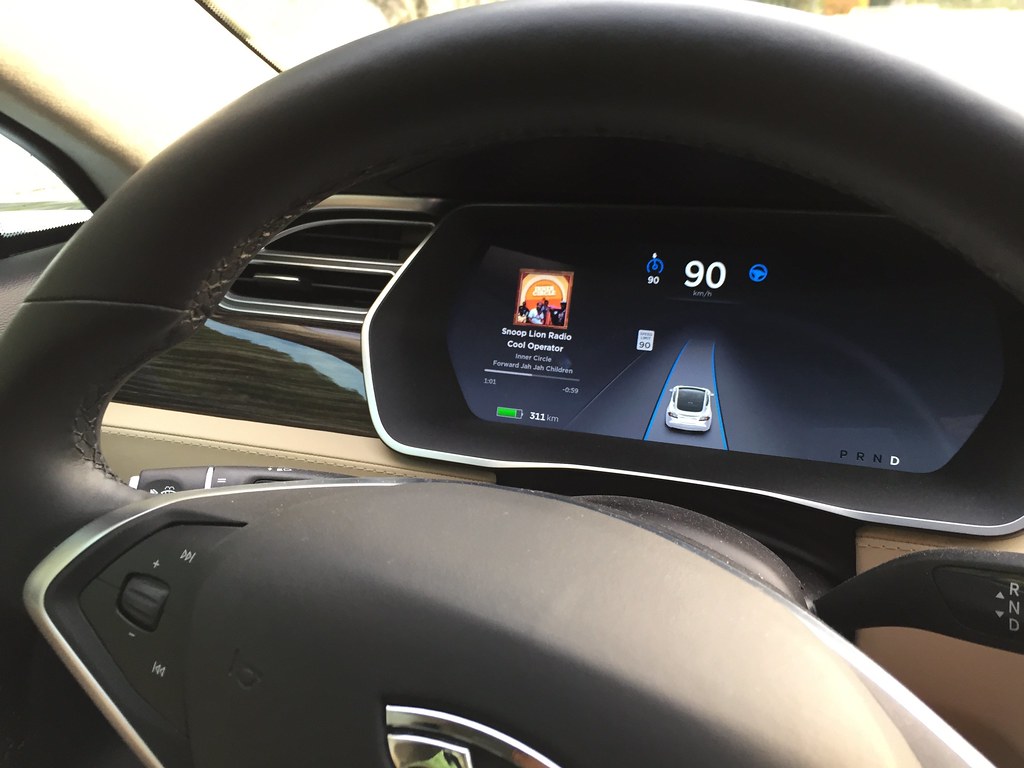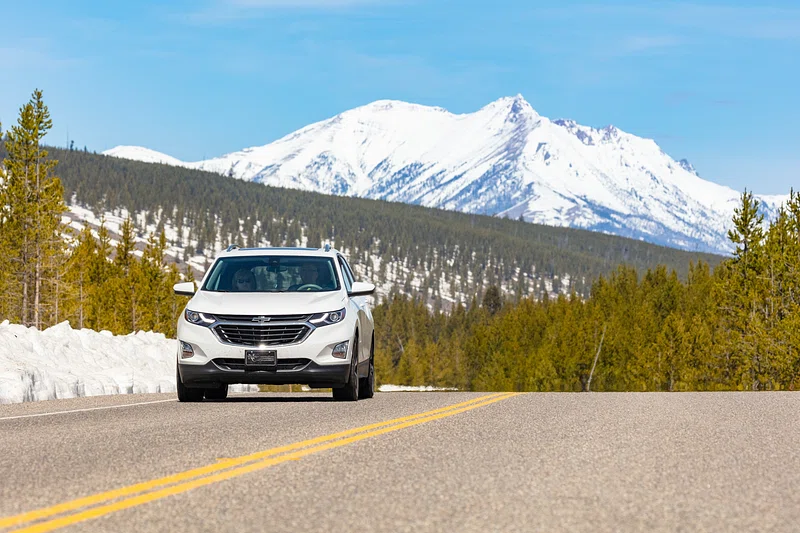
Backing up a large vehicle, especially a 10-wheeler, stands as one of the most demanding maneuvers a driver can undertake. It’s a challenge that tests skill, attention, and safety awareness to their limits. With a vehicle you’re probably still getting used to, you’re not just maneuvering it in an unfamiliar way; you’re also contending with significantly limited visibility, turning what seems like a simple reversal into a high-stakes operation.
Indeed, the statistics paint a stark picture: poor backing up techniques are estimated to be responsible for approximately 25% of all collisions. Hundreds of pedestrians tragically lose their lives every year in backup incidents, with a significant number being children under the age of five. This grim reality underscores why mastering backing strategies isn’t just a professional courtesy; it’s a critical, life-saving skill that every driver, particularly those behind the wheel of larger vehicles, must possess.
The inherent dangers of backing up are amplified in larger vehicles like vans, box trucks, and the heavy equipment often associated with 10-wheel operations. A rear blind spot can extend an astonishing 15 meters, and in some models, anyone under 5 feet tall can be completely invisible to a driver relying solely on mirrors. This means as many as 62 children could fit unnoticed within the blind spot of a large SUV – a chilling thought. But here’s the empowering truth: by developing and consistently applying smart, disciplined driving habits and leveraging effective strategies, 10-wheel drivers can dramatically reduce these risks, prevent collisions, and become true masters of the road, frontward or backward. Let’s explore the first seven fundamental tricks that will transform your backing game.
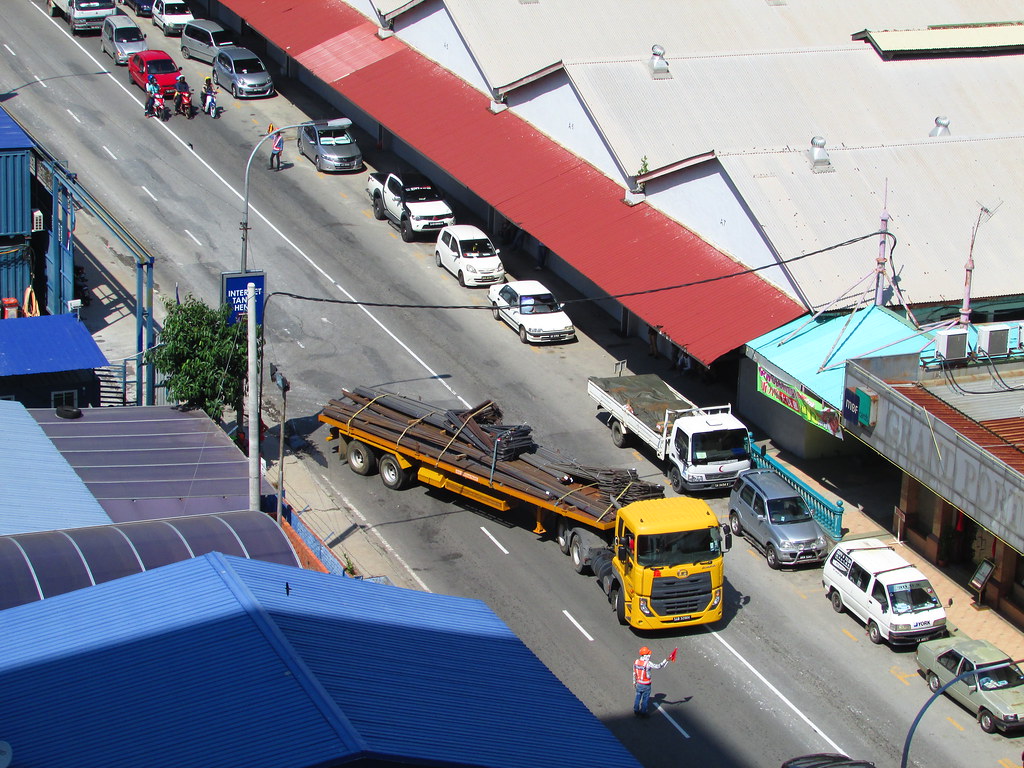
1. **Get to Know Your Vehicle’s Blind Spots and the Areas They Cover**The first and perhaps most crucial step in safe backing is intimately understanding the beast you’re operating. Each vehicle, especially larger ones like 10-wheel trucks, comes with its own unique set of blind spots – areas around the vehicle that are completely obscured from the driver’s view, even with well-adjusted mirrors. These aren’t just minor inconveniences; they are genuine danger zones where obstacles, pedestrians, or even other vehicles can disappear entirely, making them incredibly perilous during a backing maneuver.
For larger vehicles, the rear blind spot can be particularly extensive, sometimes stretching as far as 15 meters behind the truck. This vast unseen territory means that critical objects or individuals can easily be hidden from your sight, increasing the likelihood of accidents. Depending on the vehicle type and the driver’s height, anyone under 5 feet tall might be completely invisible, even when you’re diligently checking your mirrors. This is a sobering thought when you consider the vulnerability of children in driveways and parking lots.
To truly grasp the extent of these hidden zones, you need to be proactive. Enlist the help of a friend or family member to help you identify your specific blind spots. Have them walk around the vehicle while you sit in the driver’s seat, noting where they disappear from view in your mirrors. Remember that factors like steep inclines can further add to the difficulty of seeing behind a vehicle, altering the effective reach of your mirrors and the coverage of your blind spots. This personalized understanding is the bedrock of preventing incidents and navigating safely.
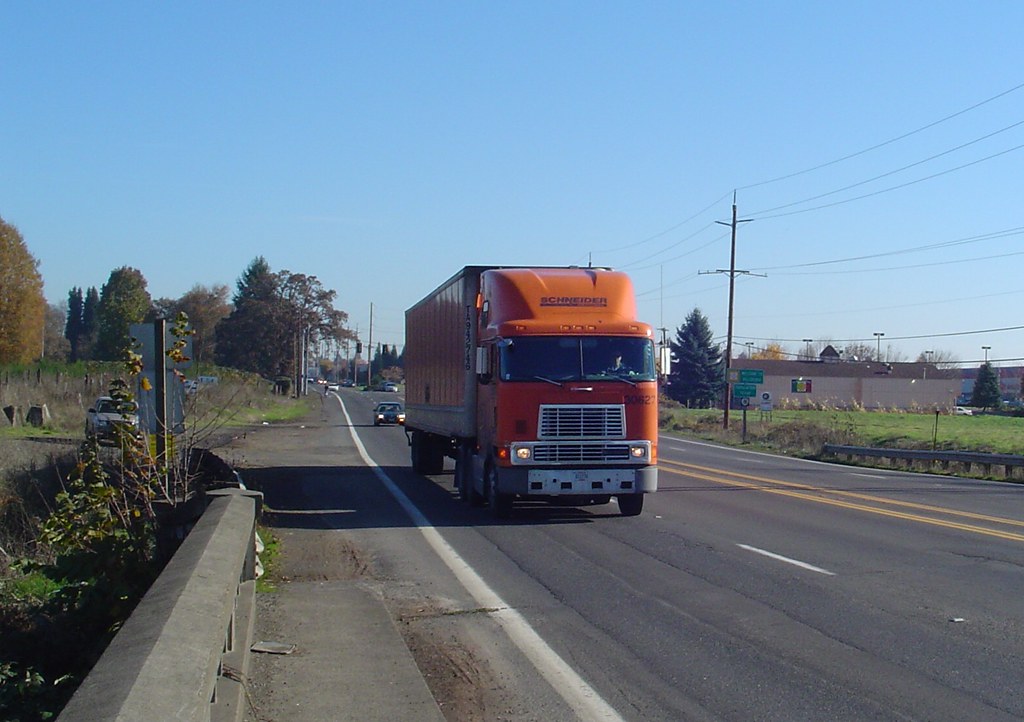
2. **Confirm a Clear Path Before Reversing; Always Do a Thorough Walk-Around**Given the expansive blind spots of larger vehicles, simply glancing in your mirrors isn’t enough when preparing to back up. The professional trick is to treat every backing situation as if something critical might be hidden. This proactive approach mandates a thorough physical inspection of your intended path. It’s an extra step that saves lives and prevents costly damage.
Before you even put your 10-wheeler into reverse, get out of your cab and perform a complete walk-around of the vehicle and the area you intend to back into. This isn’t just a suggestion; it’s a non-negotiable best practice. The walk-around allows you to directly identify any potential hazards that your mirrors might miss – children playing, stray objects, fixed structures, or even other vehicles that have moved into your blind zone. Your eyes on the ground provide an unparalleled level of certainty that no mirror or camera can fully replicate.
This crucial pre-check helps you confirm that you have a clear path and that no unexpected obstacles have appeared since you last checked. If there’s any doubt whatsoever, if you feel even a slight hesitation, get out again and do another walk-around. This commitment to diligence ensures that you’re not just reacting to what you see in your mirrors but proactively confirming the safety of your surroundings, especially for vulnerable pedestrians who might be near your large vehicle. It’s the ultimate problem-solving step before engagement.
3. **Double Check All of Your Mirrors Before You Put Your Vehicle in Reverse**While a physical walk-around is indispensable, your mirrors remain vital tools for real-time awareness during the backing process. Developing the habit of double-checking all of them—side mirrors and rear-view, if applicable—before engaging reverse is a quick, efficient way to integrate a layer of continuous safety into your routine. This final mirror sweep helps confirm that nothing has changed in the immediate moments since your walk-around.
Properly adjusted and clear mirrors are non-negotiable for safe operation, especially when backing a large vehicle. Before you start, take a moment to ensure that your rear window and side mirrors are completely clear of any obstructions. Frost, snow, mud, or even dust can significantly obscure your vision, effectively expanding your blind spots and compromising your ability to react to potential hazards. This is particularly critical in bad weather conditions, where visibility is already reduced.
Making this mirror check a consistent, almost automatic habit transforms it from a chore into an essential safeguard. It’s about leveraging every available tool at your disposal to gather as much visual information as possible before initiating a potentially hazardous maneuver. This quick, systematic review provides a crucial, updated perspective on your immediate surroundings, empowering you to proceed with greater confidence and control, and significantly reducing the risk of an unforeseen incident.
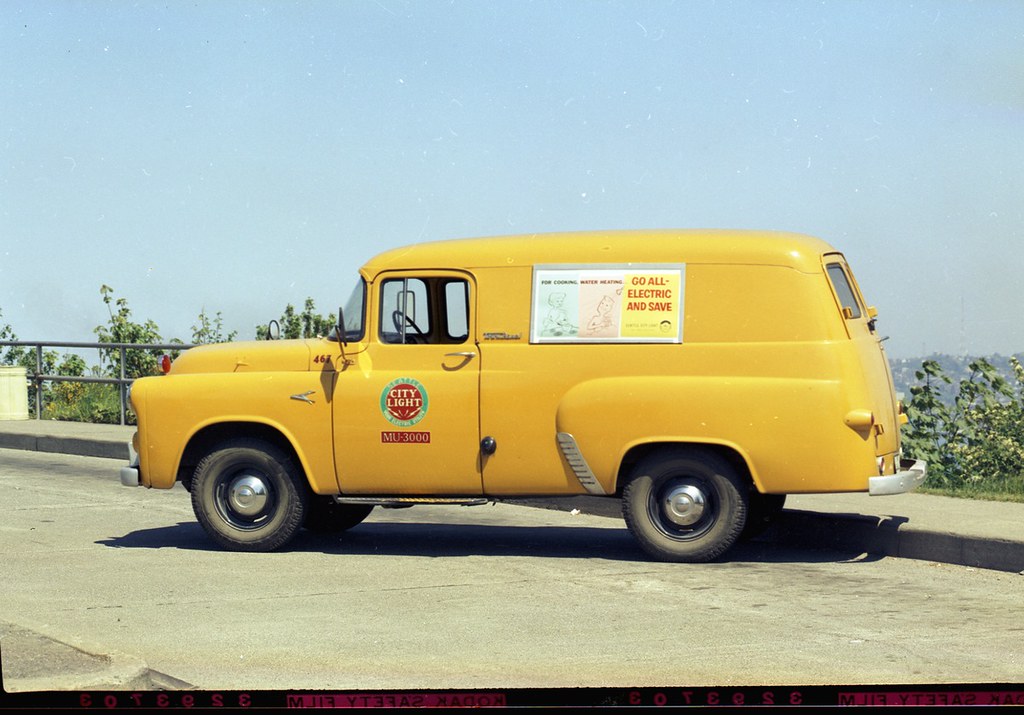
4. **Back Up Slowly and Be Prepared to Stop at Any Moment**When it comes to backing a 10-wheeler, speed is not your friend. Even at what feels like a glacial pace, backing up a large vehicle is inherently dangerous, and faster speeds exponentially increase the risk of severe consequences. The sheer size and weight of a truck mean that impact, even at very low speeds, can result in tragedy, particularly if a pedestrian or another vehicle is involved. Therefore, cultivating a deliberate, slow, and controlled backing technique is paramount.
By reversing slowly, you grant yourself invaluable extra seconds to react to unexpected movements or the sudden appearance of obstacles within your path. This extended reaction time can be the difference between a near-miss and a devastating collision. It allows your brain to process the incoming visual information from your mirrors and any cameras, giving you the opportunity to make precise steering adjustments and, most importantly, to stop immediately if a hazard becomes apparent.
Critically, always be prepared to stop. Your foot should hover over the brake, ready to apply pressure at a moment’s notice. This readiness for an emergency stop is a psychological and physical posture that reinforces a safety-first mindset. It acknowledges the unpredictable nature of backing and ensures that you maintain maximum control over your vehicle at all times. Remember, efficiency in backing isn’t about how fast you can do it, but how safely and smoothly you can complete the maneuver.
Read more about: Your Car, Their Rules? 15 Things Every Car Enthusiast Judges About Your Vehicle
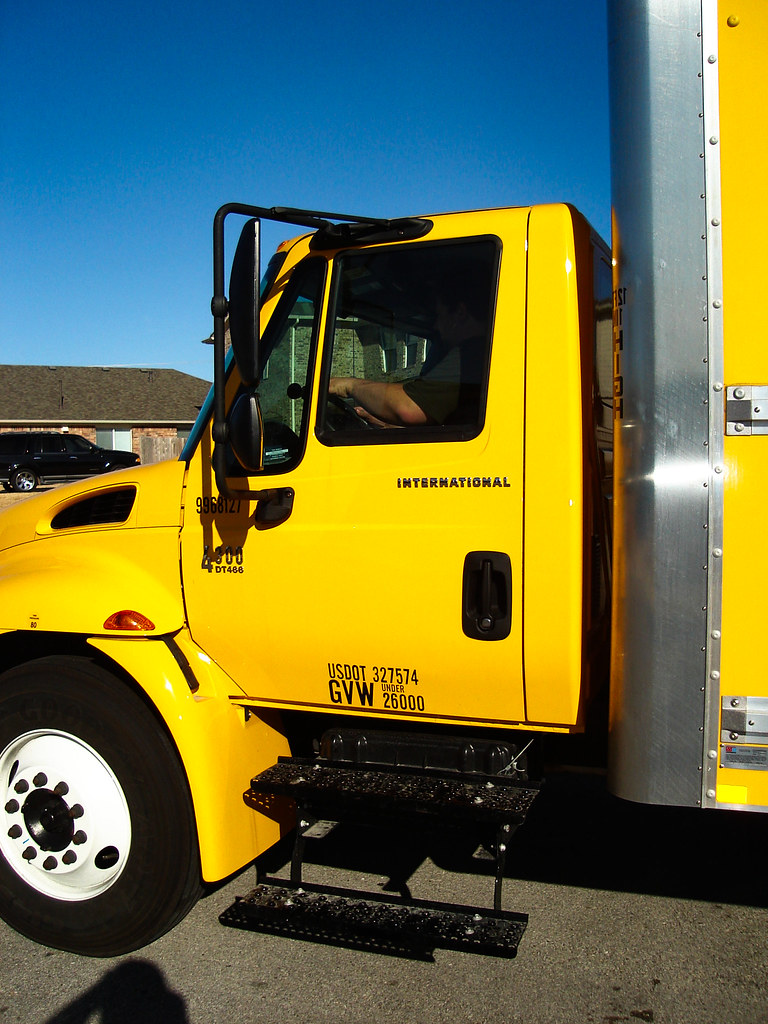
5. **Utilize a Spotter, Especially When Operating a Larger Vehicle with Significant Blind Spots**For larger vehicles with obstructed views, relying solely on your own visual assessment and mirrors isn’t always enough. This is where a spotter becomes an invaluable asset, acting as an extension of your eyes and a critical safety partner. Spotters are a proven method for protecting both ground personnel and property by providing real-time guidance and ensuring a clear path for the backing vehicle. They are a human safety net in complex environments.
However, the effectiveness and safety of using a spotter depend entirely on clear communication and strict protocols. Before any backing maneuver begins, the driver and spotter must agree on a set of clear, unambiguous hand signals. These signals should cover all necessary instructions: “back up,” “turn left,” “turn right,” “move forward,” “distance left to back,” “slow down,” and crucially, “stop.” This pre-arranged communication eliminates confusion and ensures coordinated actions.
During the backing process, the spotter must always maintain visual contact with the driver. If the driver loses sight of the spotter for even a moment, they must stop backing immediately and safely until visual contact is re-established. Furthermore, spotters should not be assigned any additional duties while spotting, and they must avoid distractions like personal mobile phones or headphones. Providing spotters with high-visibility clothing, especially during night operations, further enhances their safety and effectiveness. This team-based approach significantly mitigates the inherent risks of backing large vehicles.
Read more about: Driving Expert’s Clever Hacks: Mastering Safe Backing and Crowded Area Navigation to Eliminate Guesswork
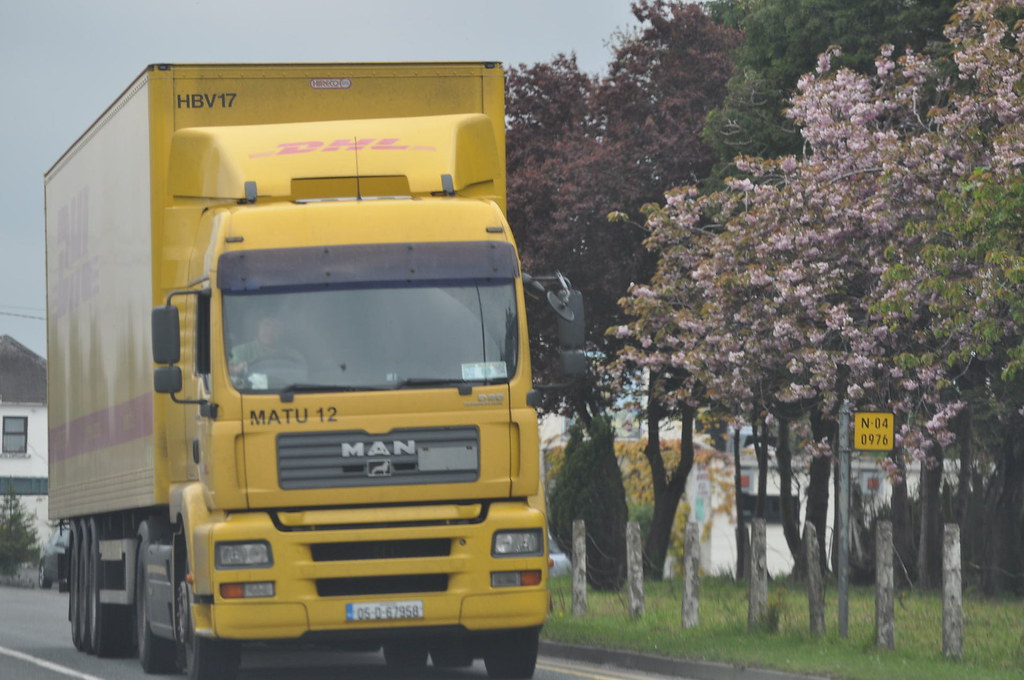
6. **Exercise Extra Caution and Ensure Clear Visibility During Adverse Weather Conditions**Weather plays a significant role in safe driving, and its impact is profoundly amplified when attempting to back up a large vehicle. Adverse conditions like rain, snow, ice, or heavy fog dramatically reduce visibility and can make an already challenging maneuver even more perilous. For 10-wheel drivers, this means redoubling caution and taking proactive steps to ensure your visual aids are as effective as possible, despite the elements.
Small children, for instance, can slip on ice and become lodged under your vehicle’s tire, a chilling thought that underscores the heightened risk. Even a light snowfall can obscure important visual cues or hide small objects from view. Therefore, before attempting any reverse, it is absolutely essential to thoroughly clear your rear window and side mirrors of any frost, snow, mud, or anything else that could further obscure your vision. This simple, yet critical, step ensures that you are utilizing your mirrors to their fullest potential.
Beyond clearing your mirrors, slow your backing speed even further when weather conditions are poor. The reduced traction on slick surfaces also means your stopping distance will increase, requiring more time and space to bring your heavy vehicle to a halt. Combining vigilance with physical preparation of your vehicle’s sightlines is not just a good idea; it’s a necessary safeguard in the face of nature’s challenges. It’s about taking proactive control where you can.
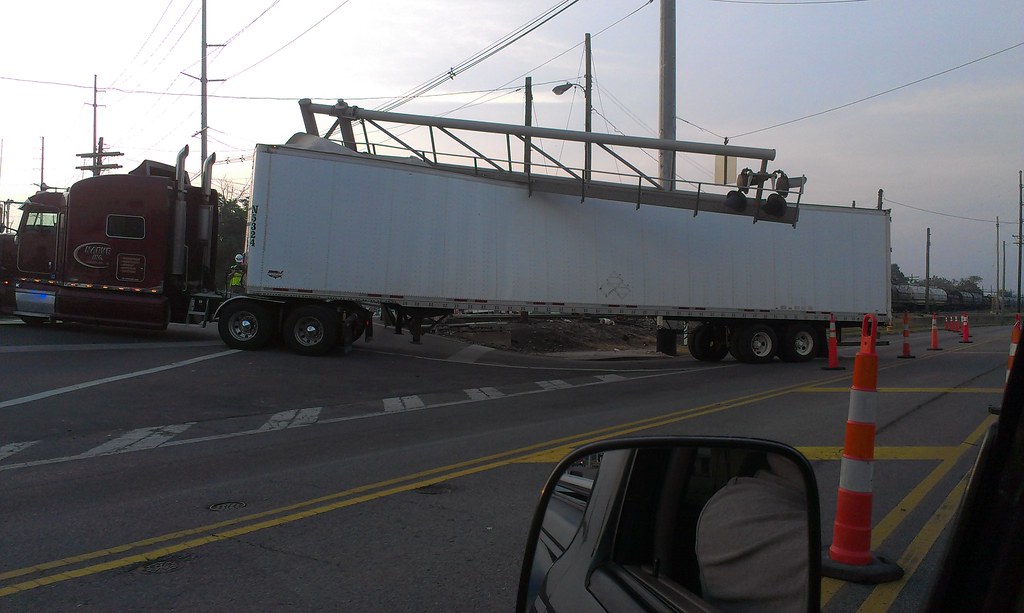
7. **Never Rush the Backing Process; Take Your Time and Every Precaution**In the fast-paced world of commercial driving, it can be tempting to rush maneuvers to stay on schedule. However, when it comes to backing a 10-wheeler, haste is a recipe for disaster. The context explicitly warns that “Impulsive actions behind the wheel can lead to tragic consequences.” This is not merely a piece of advice; it is a fundamental principle for safe operation. Backing is a complex, multi-faceted task that demands patience, precision, and an unwavering commitment to safety.
Rushing any part of the backing process – whether it’s skipping a walk-around, hurrying a mirror check, or accelerating too quickly – significantly increases the likelihood of error. A large vehicle has different turning radii and handling characteristics compared to a smaller car, requiring more precise steering control and a longer reaction time. Attempting to speed through this process negates your ability to manage these unique challenges effectively, setting the stage for misjudgment and collision with stationary objects, other vehicles, or pedestrians.
Therefore, embrace a methodical approach. Take the time to take every precaution, from initial assessment to final positioning. If a situation feels pressured, resist the urge to expedite. The few extra minutes spent ensuring a safe back-up are infinitely more valuable than the hours, days, or even lives lost due to an avoidable incident. This commitment to thoroughness and patience is a hallmark of a truly skilled and responsible 10-wheel driver, empowering you to navigate even the tightest spots with confidence and, most importantly, without incident.
Building upon the foundational habits of individual drivers, mastering safe backing in 10-wheelers also demands a commitment to advanced strategies, innovative technologies, and meticulous proactive planning. These aren’t just “nice-to-haves” but critical components that empower both drivers and organizations to optimize safety, virtually eliminate hazards, and navigate even the most complex operating environments with confidence. By integrating these higher-level approaches, we move beyond reactive measures to create a truly secure backing ecosystem.
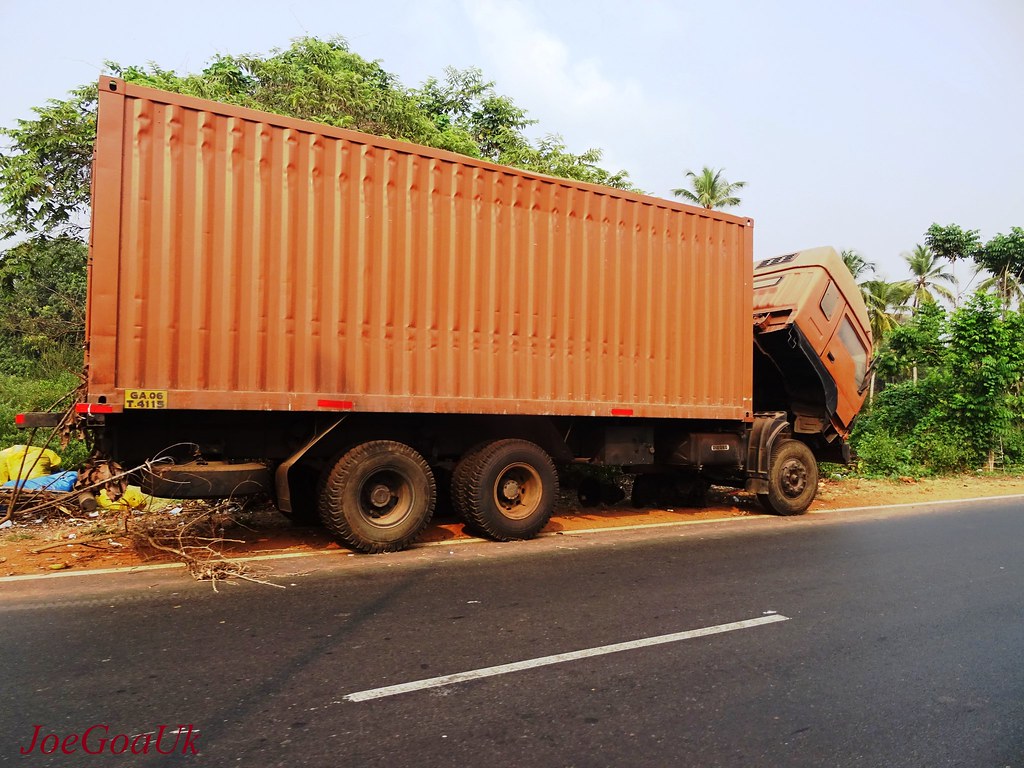
8. **Prioritize Pull-Through or Reverse Parking Whenever Possible**One of the most effective strategic maneuvers to minimize backing risks is to eliminate the need for blind backing altogether. The simple yet powerful trick here is to always seek out pull-through parking options. If a direct pull-through isn’t feasible, the next best strategy is to back into a spot, allowing you to drive forward when it’s time to leave. This proactive approach significantly enhances safety by turning a potentially hazardous departure into a straightforward exit.
Reverse parking is universally considered safer because it prevents drivers from having to “blind back” out of a space directly into areas where pedestrians are most likely to be, such as sidewalks, busy driveways, or crowded parking lots. When you reverse park, you have a much clearer view of the spot and what’s in front of it as you drive past it to position for backing in. This allows you to assess the area for obstacles and individuals before you begin the backing maneuver.
By consciously choosing a location that allows for a forward exit, or by backing in to drive out, 10-wheel drivers significantly reduce their exposure to the most dangerous aspects of backing. This simple pre-planning step minimizes the time spent with limited visibility, dramatically cutting down the chances of collision with unseen pedestrians or objects. It’s a strategic choice that leverages better sightlines for the most critical part of the maneuver: the exit.
Read more about: Navigate Crowded Parking Lots Like a Pro: Essential Strategies for Safe Backing and Avoiding Hidden Obstacles
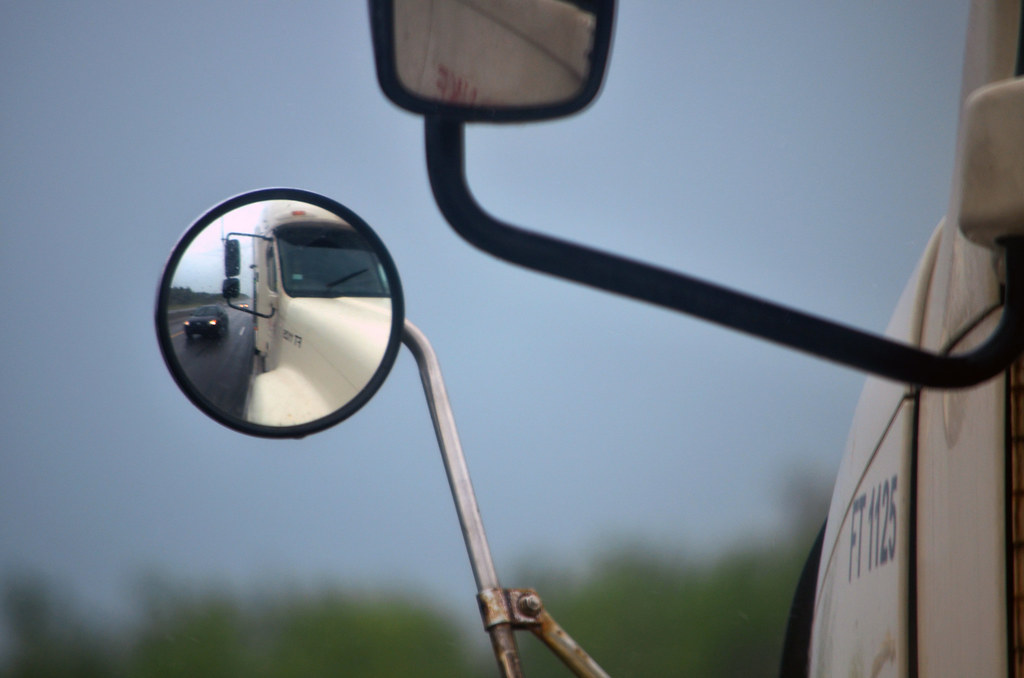
9. **Leverage Backup Cameras and Advanced Visual Aids**While good driving habits are paramount, modern technology offers powerful allies in the quest for safer backing. Most new vehicles, including many commercial trucks and even some types of mobile equipment, now come equipped with backup cameras, or they can be installed as optional or aftermarket equipment. These systems provide operators with a crucial, direct view to the rear, filling in blind spots that even the best-adjusted mirrors might miss.
Backup cameras, when properly installed and maintained, offer an invaluable supplementary visual aid. For a 10-wheeler, where rear blind spots can extend as far as 15 meters, a camera can mean the difference between seeing a hidden obstacle or not. While viewing screens are typically dash-mounted, it’s critical to ensure they do not block the driver’s primary view out the windshield, maintaining the balance between advanced tech and fundamental driving awareness.
It’s important to remember that drivers should never rely *solely* upon rear-view cameras and sensors. They are enhancements, not replacements, for diligent driving habits, walk-arounds, and mirror checks. However, when used in conjunction with these best practices, cameras provide an additional layer of security, particularly in challenging environments. In harsh settings like construction sites or mines, more rugged cameras may be required, and some large vehicles, such as dump trucks, might even benefit from two or three cameras to monitor various blind spots effectively.
Read more about: The Definitive Guide: 10 Top Golf Swing Analysis Apps Trusted by Pros for Peak Performance
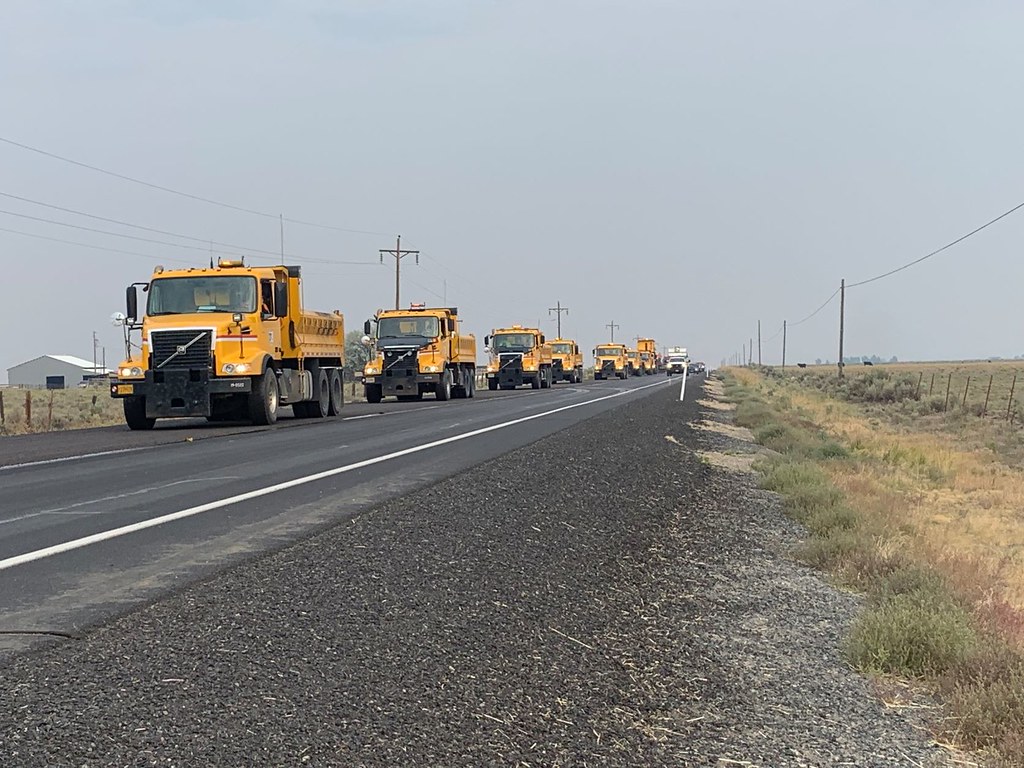
10. **Implement Proximity Detection Systems (Radar and Ultrasonic)**Moving beyond visual aids, sophisticated proximity detection systems offer an auditory and visual warning layer, serving as an electronic sentinel for unseen hazards. Both radar and ultrasonic technologies are increasingly employed in backing safety systems for larger vehicles. These systems actively transmit signals and interpret their reflections, providing real-time alerts to the driver about objects in their immediate vicinity.
Radar systems operate by transmitting a signal that bounces off an object and is then received back by a receiver. When an object is detected, these systems typically alert the driver with a combination of visual and/or audio warnings, indicating an impending hazard. However, careful positioning is essential to prevent false alarms from harmless objects, such as concrete slabs, which could otherwise interfere with the detection of critical hazards like people or smaller objects behind the vehicle. It’s also worth noting that the composition of an object can affect detection, with some materials being virtually invisible to radar, emphasizing the need for a multi-layered safety approach.
Ultrasonic systems, often referred to as sonar, function by emitting bursts of high-frequency ultrasonic waves. When these waves encounter an object, they generate echoes, which the system then uses to precisely determine the distance to that object. Like radar systems, ultrasonic detectors provide drivers with clear visual and/or audio warnings, allowing for immediate action. These systems, like cameras, can be mounted on most vehicles and are often available as factory options or aftermarket installations, adding a crucial layer of intelligent awareness to the backing process.

11. **Utilize Tag-Based Proximity Warning Systems**Taking proximity detection a step further, tag-based systems introduce an even more proactive and integrated safety solution, especially in environments where ground personnel are frequently working near large vehicles. These cutting-edge systems, often leveraging electromagnetic field technology, create a “danger zone” around the vehicle and can be programmed to provide warnings, or even automatically stop the vehicle, if a worker enters this defined area.
One common configuration involves electromagnetic field generators installed directly on the vehicle, with electronic sensing devices, or “tags,” worn by individuals working in the vicinity. As a worker wearing a tag approaches the vehicle’s predefined danger zone, the system detects their presence and triggers an alert. Conversely, another variant places the field generators on the workers themselves, with the sensing devices integrated into the vehicle, achieving the same critical objective of early detection.
The real power of these electromagnetic field-based systems lies in their programmability. They can be precisely configured to issue warnings to affected workers, provide audible or visual alerts to the driver, or even initiate an automatic stop of the vehicle when workers enter the hazardous zone. This sophisticated level of automated intervention significantly reduces the risk of struck-by incidents, providing an advanced layer of protection for ground personnel, turning potential accidents into avoided close calls.

12. **Develop and Implement Internal Traffic Control Plans (ITCPs)**For organizations operating fleets of 10-wheelers, particularly in worksite or depot environments, one of the most powerful proactive planning methodologies is the development and rigorous implementation of Internal Traffic Control Plans (ITCPs). These aren’t just guidelines; they are comprehensive strategies project managers use to meticulously coordinate the flow of all moving equipment, vehicles, and workers at a site, with the overarching goal of minimizing or entirely eliminating situations where vehicles and employees cross paths.
The fundamental aim of an ITCP is to reduce, and ideally eliminate, the necessity for vehicles to back up on a site. By carefully designing traffic routes, designated parking areas, one-way systems, and loading/unloading zones, organizations can significantly cut down on the number of backing maneuvers required. This preplanning of movements is cited as “the single best way to prevent backing-related incidents” because it addresses the root cause: unnecessary backing.
Implementing an ITCP involves a detailed assessment of the worksite, identifying potential pinch points, blind intersections, and high-traffic pedestrian areas. Once designed, these plans require clear communication to all personnel, comprehensive signage, and consistent enforcement to be effective. By systematically reducing the instances of backing and managing vehicle-pedestrian interactions, ITCPs transform a chaotic environment into a controlled, safer operational space, showcasing a commitment to organizational safety and efficiency.
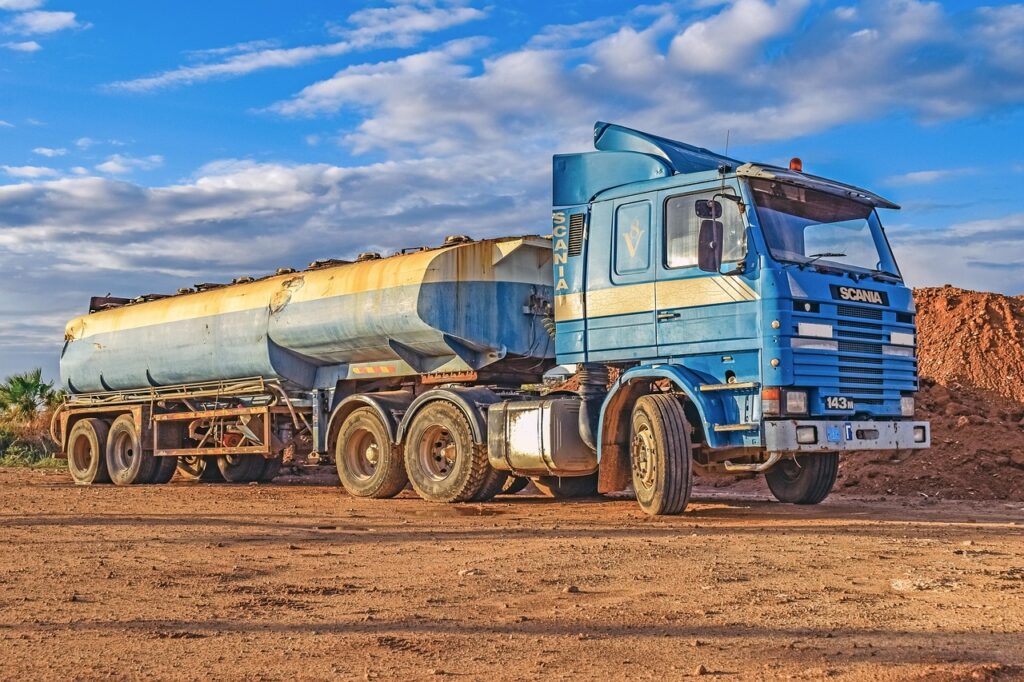
13. **Mark Fixed Objects and Establish Protective Barricades**In any environment where 10-wheelers operate, especially in confined spaces or around critical infrastructure, a key proactive measure involves visually enhancing the environment itself. Marking fixed objects and strategically placing protective barricades are essential safeguards to mitigate collision hazards. This isn’t just about protecting property; it’s about providing drivers with clear visual cues and creating physical barriers that prevent incidents before they can occur.
Fixed objects, such as poles, hydrants, building corners, or sensitive equipment, can be difficult to perceive, especially in low light, poor weather, or against complex backgrounds. By marking these objects with high-visibility paint, reflective tape, or warning signs, they become far more apparent to drivers, allowing for better spatial awareness and more precise maneuvering. This simple act of marking dramatically reduces the risk of struck-by incidents with stationary structures.
Beyond marking, establishing protective barricades is a physical defense mechanism. These can be used to safeguard critical or expensive equipment from potential struck-by incidents, effectively creating a “no-go” zone for vehicles. Barricades also serve to delineate safe walkways for ground personnel, ensuring a clear separation between moving vehicles and people on foot. This dual approach of enhanced visibility and physical protection provides robust safeguarding in challenging operational zones, transforming potential collision points into clearly defined, safer passages.
Read more about: Navigate Crowded Parking Lots Like a Pro: Essential Strategies for Safe Backing and Avoiding Hidden Obstacles
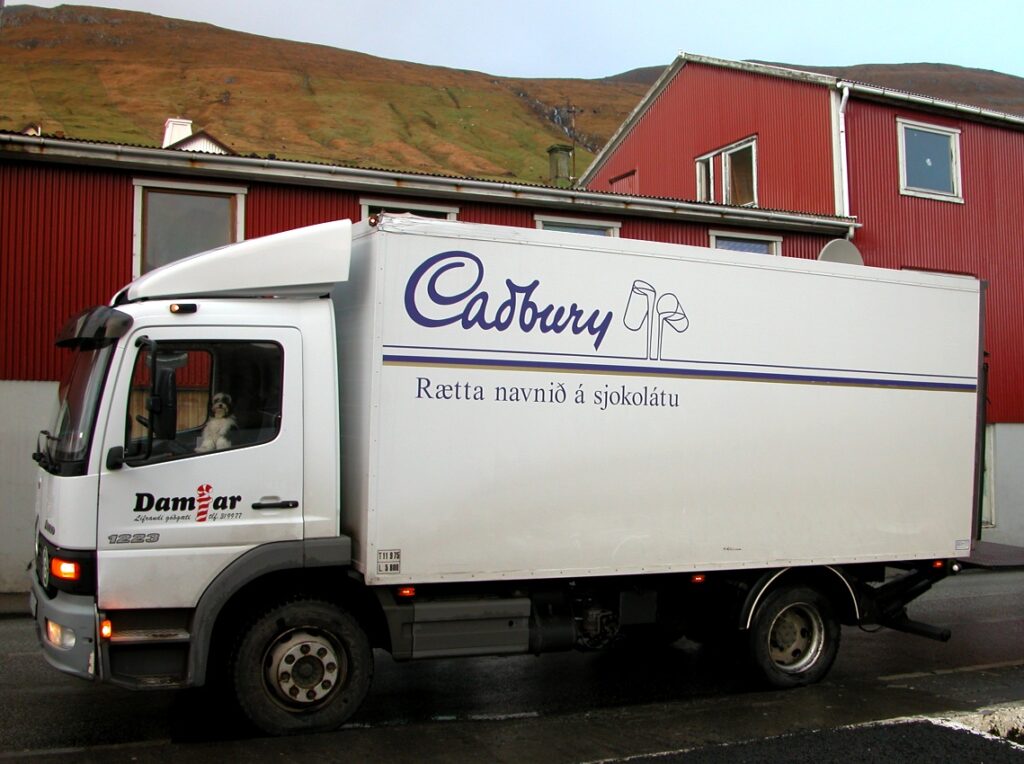
14. **Invest in Comprehensive Driver Training and Microlearning Modules**Ultimately, the most advanced technologies and meticulous planning are only as effective as the drivers who implement them. Therefore, a cornerstone of optimizing backing safety for 10-wheel drivers and organizations lies in a continuous, robust investment in comprehensive driver training programs. This ensures that every driver possesses the nuanced skills and knowledge required to navigate larger vehicles safely, making them masters of the road in all directions.
Beyond initial certification, continuous professional development is crucial. The context highlights that “companies training their employees to operate larger vehicles safely” is of paramount importance. This includes not just the theoretical knowledge but also practical, hands-on experience that builds confidence and competence in challenging maneuvers like backing. Such comprehensive training empowers drivers with the ability to identify potential hazards, anticipate risks, and execute precise actions under pressure.
To combat information overload and enhance retention, integrating “microlearning modules” into training regimens offers a highly effective approach. These bite-sized, 5-7 minute learning components focus on a single topic, making complex concepts digestible and actionable. They are ideal for quick skill acquisition and continuous, on-the-go professional development, ensuring that critical safety practices are reinforced regularly without overwhelming drivers. By combining in-depth training with targeted microlearning, organizations can cultivate a culture of ongoing learning and mastery, equipping their 10-wheel drivers with every tool they need to back up safely and efficiently.
Mastering the art of safely backing up a 10-wheeler is a journey that extends far beyond just basic driving maneuvers. It encompasses an evolving landscape of individual diligence, strategic foresight, and technological integration. From embracing smarter parking habits to deploying cutting-edge detection systems and nurturing a culture of continuous learning through microlearning modules, every trick and tool plays a vital role. By weaving these advanced strategies and technologies into their daily operations, 10-wheel drivers and their organizations can confidently navigate the complexities of reverse, transforming what was once a high-risk challenge into a routine, safe, and efficient maneuver. It’s about empowering drivers, safeguarding lives, and elevating professional standards on every journey.

